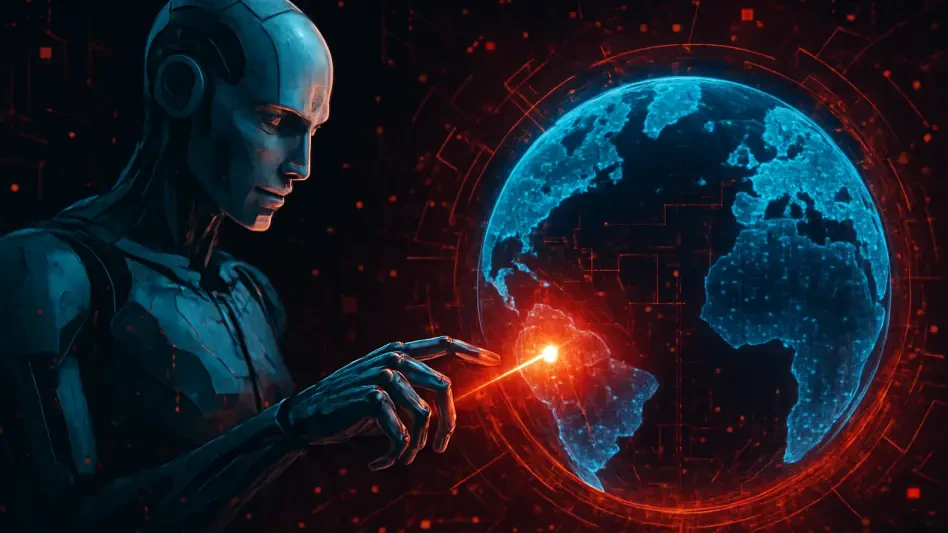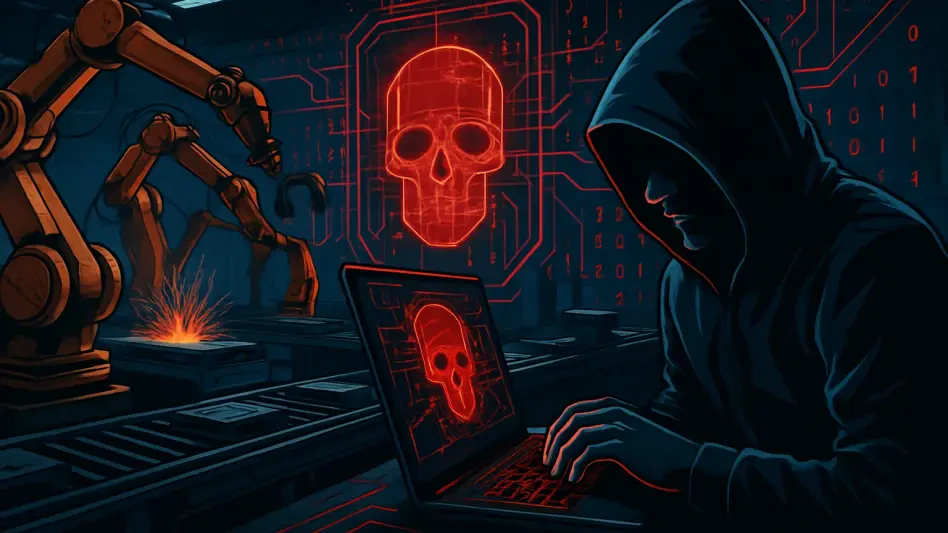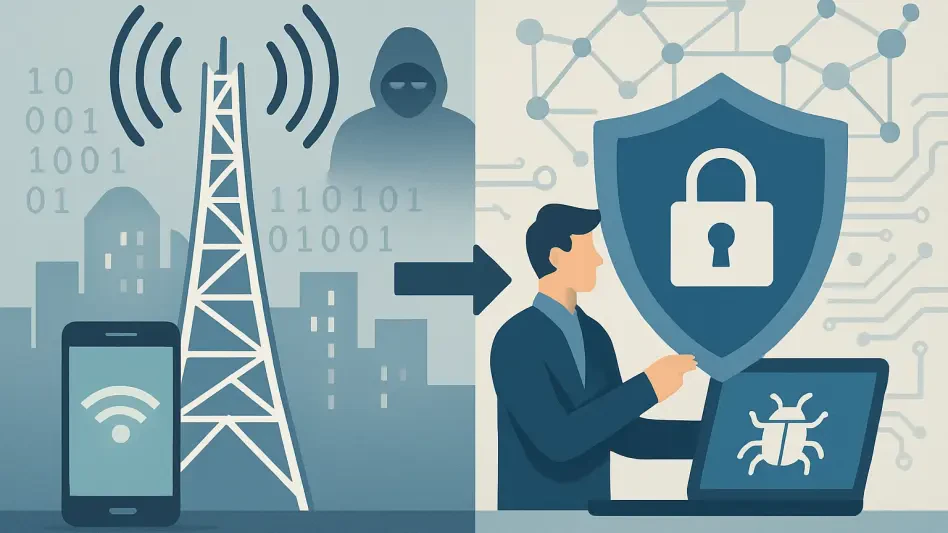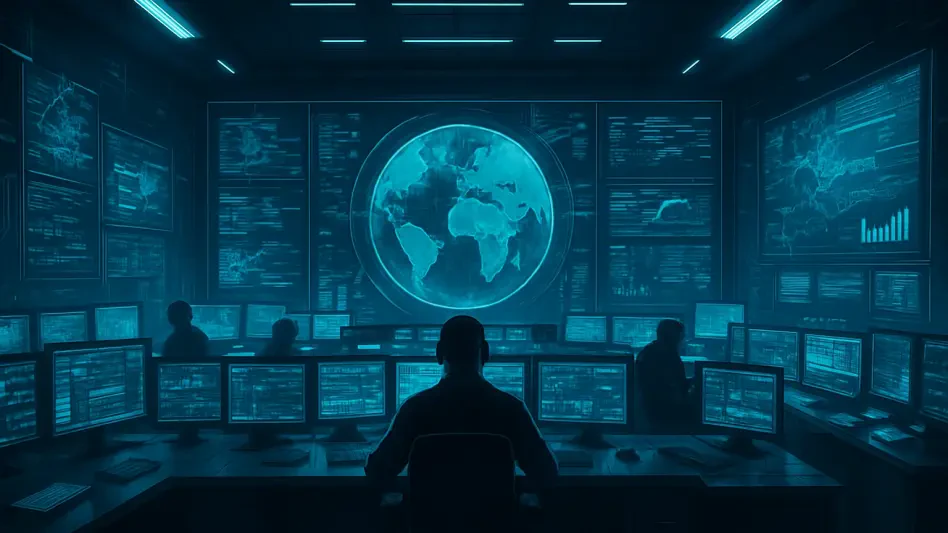In a digital age where information is both currency and weapon, cybersecurity firms play a critical role in safeguarding sensitive data against a backdrop of increasingly sophisticated threats. Recent efforts by hackers linked to the Chinese government illuminate the pervasive and formidable challenges these firms confront. SentinelOne has spotlighted this reality by revealing its recent prevention of an attempt by these state-backed actors to infiltrate its systems. This incident is among the latest in a series of aggressive campaigns, such as the PurpleHaze reconnaissance effort and the ShadowPad malware attack, illustrating the calculated nature of cyber threats tied to national interests. As a result, cybersecurity firms find themselves at the forefront of an ongoing battle, tasked with defending not only their own networks but the sensitive information housed within the systems they are sworn to protect. The question looms: Are they truly prepared for such China-linked threats?
A Sophisticated Web of Cyber Intrusions
Reports from SentinelOne have provided a window into the elaborate tactics employed by China-linked cyber espionage groups, revealing both the strategy and sophistication with which they operate. The interception of the PurpleHaze and ShadowPad operations showcased a meticulous approach, where reconnaissance and strategic targeting were paramount. Cyber operatives utilized advanced methods, including the GOREshell backdoor and open-source tools from The Hacker’s Choice, to breach the defenses of diverse entities worldwide. These ranged from telecommunications and government agencies to financial and healthcare sectors. Moreover, the use of infrastructure associated with China and exploitation of vulnerabilities such as the Ivanti flaws highlighted this tactical approach’s precision. In one documented case, an attack on a European media company and a South Asian governmental body underscored the far-reaching implications of such intrusions, raising alarms about the readiness of potential targets across different regions.
The involvement of well-known groups like APT15 and UNC5174 in these attacks, as identified by SentinelOne, has deepened the understanding of the cyber threat ecosystem. These groups are not only persistent but exhibit a high degree of adaptability and resilience. By employing known vulnerabilities, they systematically dismantle defenses and infiltrate seemingly secure networks. The revelations also pointed to the collaborative nature of these efforts, suggesting a coordinated strategy where state-backed actors leverage their resources to execute highly technical and nuanced operations. Consequently, the cybersecurity landscape is marked by a continuous need for vigilance and adaptation, with firms required to match the skill and tenacity of their adversaries to provide effective defenses.
The Elevated Threat Environment
Cybersecurity firms today operate within an escalated threat environment where the stakes are as high as they have ever been, given the constant evolution of tools and tactics by adversarial actors. The heightened awareness of the threat posed by China-linked groups underscores a significant aspect of today’s cybersecurity challenges. These challenges are not just about addressing immediate threats, but about anticipating and preemptively closing the gaps that could be exploited in the future. As SentinelOne’s findings reveal, security providers must not only protect their own assets but also have visibility into their clients’ environments to thwart advanced persistent threats. The strategic importance of cybersecurity firms in the modern threat landscape makes them desirable targets for espionage and disruption campaigns aimed at weakening digital supply chains and gaining access to privileged information.
This climate of amplified threats has implications for both private and governmental sectors, demanding robust security frameworks that can withstand the onslaught of sophisticated cyber incursions. Security firms are called upon to develop defenses that are not just reactive but proactive, leveraging advanced analytic tools, machine learning, and thorough threat intelligence to anticipate the techniques employed by sophisticated actors. Success hinges on the ability to discern patterns, predict potential vulnerabilities, and act swiftly to neutralize threats. In doing so, cybersecurity firms not only protect themselves but also reinforce the integrity of the networks and data they safeguard, thus ensuring the confidentiality and availability of critical systems in an increasingly interconnected world.
Preparing for the Road Ahead
SentinelOne’s reports shed light on the intricate strategies used by cyber espionage groups linked to China, highlighting their advanced tactics. The interception of PurpleHaze and ShadowPad operations revealed a strategic focus on reconnaissance and strategic targeting. Cyber operatives employed sophisticated techniques like the GOREshell backdoor and tools from The Hacker’s Choice, infiltrating sectors as diverse as telecommunications, government, finance, and healthcare. Their precision was evident in using infrastructure associated with China and exploiting vulnerabilities like Ivanti flaws. A notable attack on a European media outlet and a South Asian government body illustrated the wide-reaching implications of these intrusions, emphasizing the urgency for potential targets to enhance their defenses. SentinelOne identified groups such as APT15 and UNC5174, showing the depth of the cyber threat. These groups are persistent, adaptable, and resilient, leveraging known vulnerabilities to breach networks. The collaborative nature of these attacks suggests state-backed coordination, necessitating constant vigilance and adaptation from cybersecurity firms.








